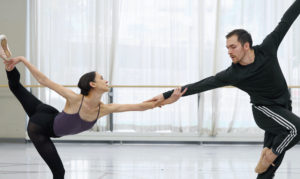Wayne McGregor’s MADDADDAM: Interpreting Atwood for the National Ballet of Canada - Vancouver Ballet Society
- Home
- Features 2020 - 2023
- Wayne McGregor’s MADDADDAM: Interpreting Atwood for the National Ballet of Canada

By Michael Crabb
It’s mid-October, almost six weeks until the premiere of the National Ballet of Canada’s two-million-dollar aspiring blockbuster, MADDADDAM, and much remains to be done.
“There were four weeks I was really making material,” says the acclaimed British choreographer Wayne McGregor. “I was trying to invent, to get stuff out of my head, and working with these amazing dancers. I made a couple of hours of material, some of which I’ll just get rid of. I like to do that as a first thing.”
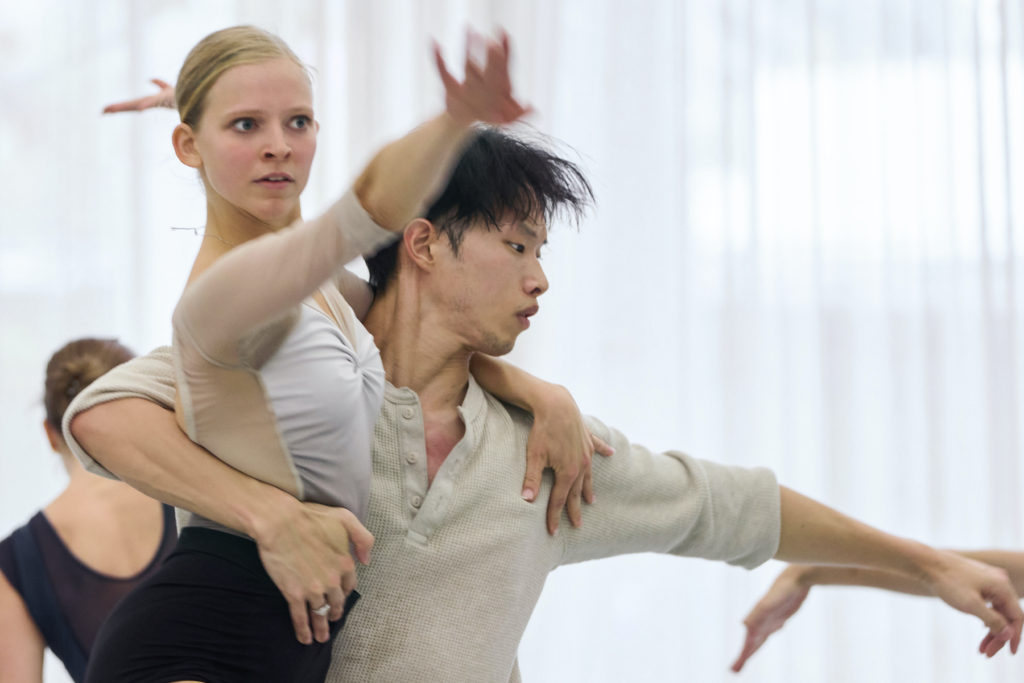
McGregor’s long limbs spill from a swivelling office chair as he sits at a small desk in a sparsely furnished, windowless cube of a room reserved for visitors like him, down the hall from the company’s biggest rehearsal studio. Paperback editions of Atwood’s celebrated trilogy — Oryx and Crake (2003), The Year of the Flood (2009), and the palindromic-titled MaddAddam (2013) — sit on a corner of the desk. The walls are decorated with designs for a three-act ballet that will incorporate film and animation. Locations here in Toronto and also in Montreal will be easily identifiable, stand-ins one presumes for the corporatist world whose doom is sealed by a deranged bio-geneticist nicknamed Crake who sneaks a lethally infectious virus into BlyssPlus, a globally popular pill that promises enhanced sexual performance.
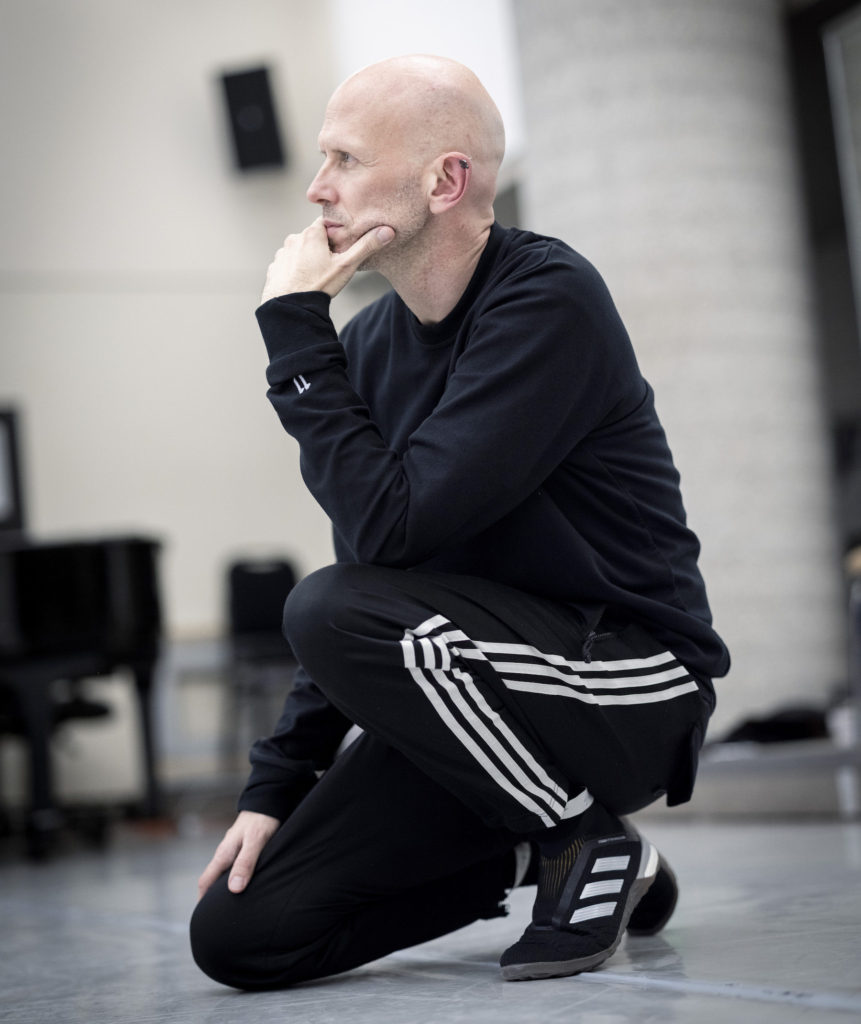
Canadian audiences are familiar with McGregor’s high-octane, hyper-articulated choreography and multidisciplinary collaborative adventures through past visits by his company, Random Dance, now known as Studio Wayne McGregor. His breakthrough into the ballet world came in 2006 when Britain’s Royal Ballet commissioned McGregor’s instantly acclaimed Chroma. Forthwith, he was named the Royal Ballet’s resident choreographer. Other major ballet companies soon came knocking, including the Paris Opera Ballet for whom McGregor made his Charles Darwin-inspired Genus the following year. The National Ballet acquired both works in 2010 and 2017 respectively.
Dancing these works was a form of choreographic courtship to familiarize McGregor with the company. What then artistic director Karen Kain really wanted from him was an original work.
“Basically, it was ‘Tell me when you can come and what you want to do,’” explains McGregor. “It must have been in 2017 when I asked Karen if she knew Margaret Atwood. I’ve been a lifelong fan of the novels and I wanted to work on a project with her. Karen arranged a breakfast with the three of us which was amazing. Then Margaret came see Genus and wrote me a lovely note afterwards. That’s how it all started.” And ground to a halt when the planned fall 2020 premiere got bumped by COVID.
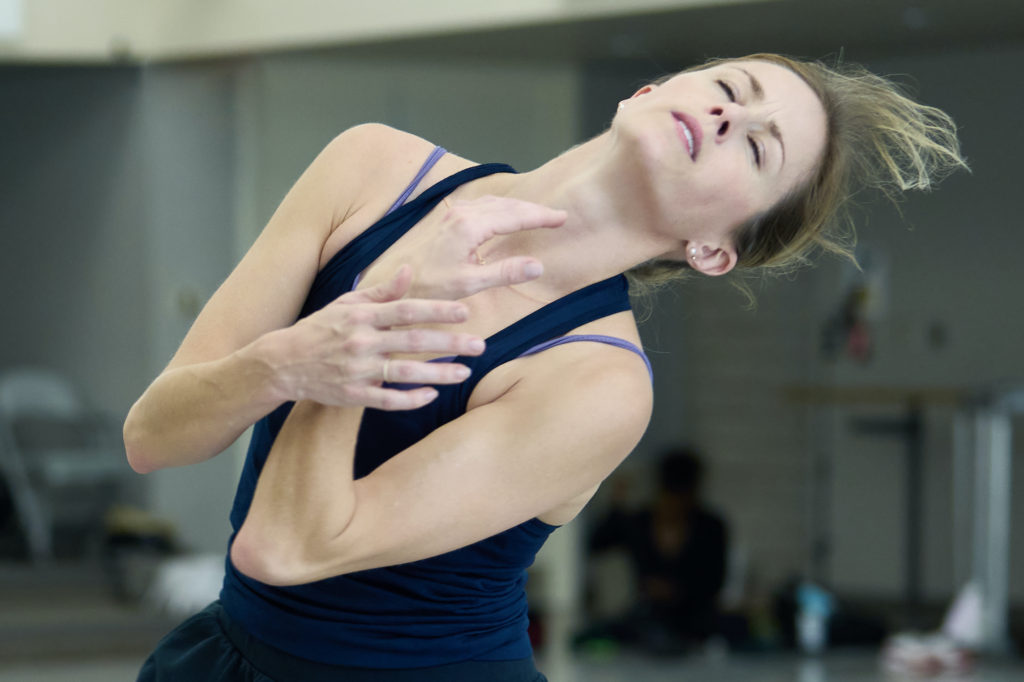
For a man famously fascinated by the possible applications of science and technology — Plymouth University made him an honorary Doctor of Science in 2013 — it is not surprising that McGregor would be a fan of Atwood’s speculative fiction, but the nature of the MaddAddam trilogy might easily scare off less determined choreographers. With parallel narratives, flashbacks, and ingenious twists of plot and character, Atwood’s almost prophetic warning call about the disastrous directions in which capitalist greed, nihilistic consumerism, untamed population growth, and misapplied technological wizardry might lead us would not seem a natural for dance.
Skeptical eyebrows were raised eight years ago when it was announced that McGregor would be tapping into the modernist literary imagination of Virginia Woolf in his first full-evening work for the Royal Ballet. Yet 2015’s Woolf Works, a skillful evocation of the author’s unique world, was generally considered a triumph. A sizeable portion of the creative team for Woolf Works — composer Max Richter, dramaturge Uzma Hameed, lighting designer Lucy Carter, film designer Ravi Deepres, and architectural practice We Not I — were signed to the MADDADDAM project.
Normally, the Royal Ballet only performs works McGregor has made for the company. MADDADDAM is an exception. Knowing the National Ballet had co-produced two major works by Royal Ballet artistic associate Christopher Wheeldon that originated in London before shipping to Canada, McGregor suggested to Royal Ballet artistic director Kevin O’Hare that it would be nice to do that in reverse. Although the pandemic upended scheduling, McGregor says the London company will perform MADDADDAM in due course.
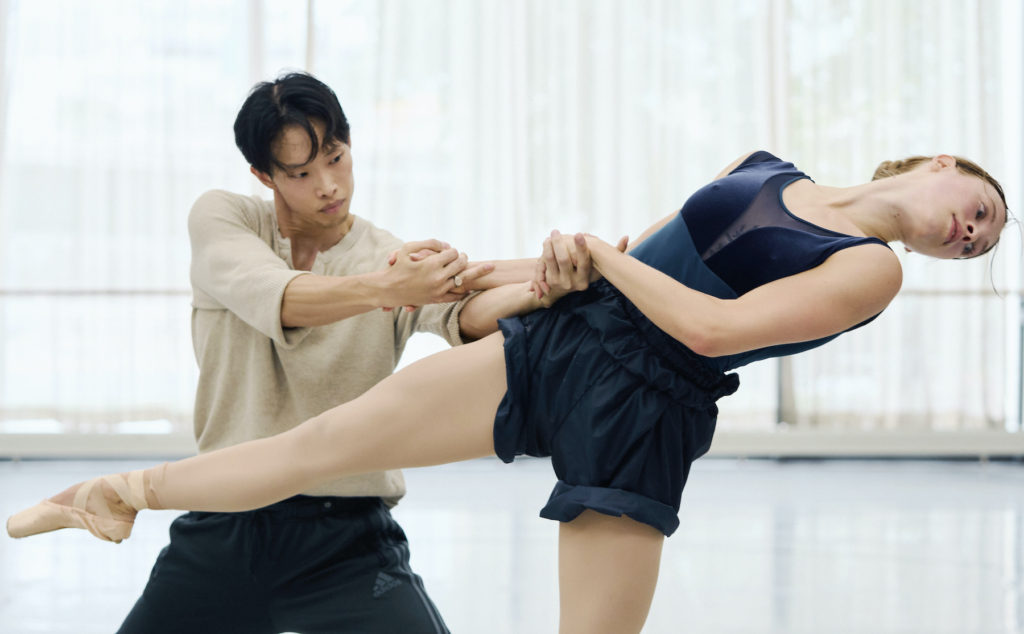
“It’s wonderful that this third co-production with the Royal Ballet is originating here and that it’s so rooted in Canada,” says National Ballet artistic director Hope Muir, who has known McGregor since her days in London with Rambert dance company.
Margaret Atwood is credited as creative consultant on the MADDADDAM ballet project but has been careful to give McGregor space.

“I wanted to swim in the world Margaret created,” says McGregor, “but I didn’t want to replicate what she’s written. There’s no point in doing a kind of translation of those novels. Dance doesn’t do that very well. So, we have come up with a different way into them and she was open to that. I think she’s really excited about coming and seeing what her books have inspired, and what the new synergies in dance might communicate.”
“I won’t know the full picture until opening night because I want it to be a surprise,” says the author in comments provided by the company. (Atwood has declined media interviews regarding the ballet.) “Ballet is not like a play. So it will not be a literal rendition. It will be a creative interpretation of the emotional content of the series. The books are very visual and the ballet is going to be extremely visual as well.”
Exactly how McGregor and his collaborators will portray Atwood’s bizarre hybrid animals — pigoons, rakunks, snats and wolvogs — or how they will handle the blue-coloured genitalia of the always unclothed Crakers, the sweet-natured, plant-munching bioengineered humanoids who in the final novel offer some hope for a future world, is at the moment a secret McGregor keeps to himself.
Says Atwood, “I’m looking forward to the big revelation. I’m here, ready to be wowed. Surprise me! I’m sure that Wayne will.”
The National Ballet of Canada’s MADDADDAM runs November 23-30 in Toronto.
